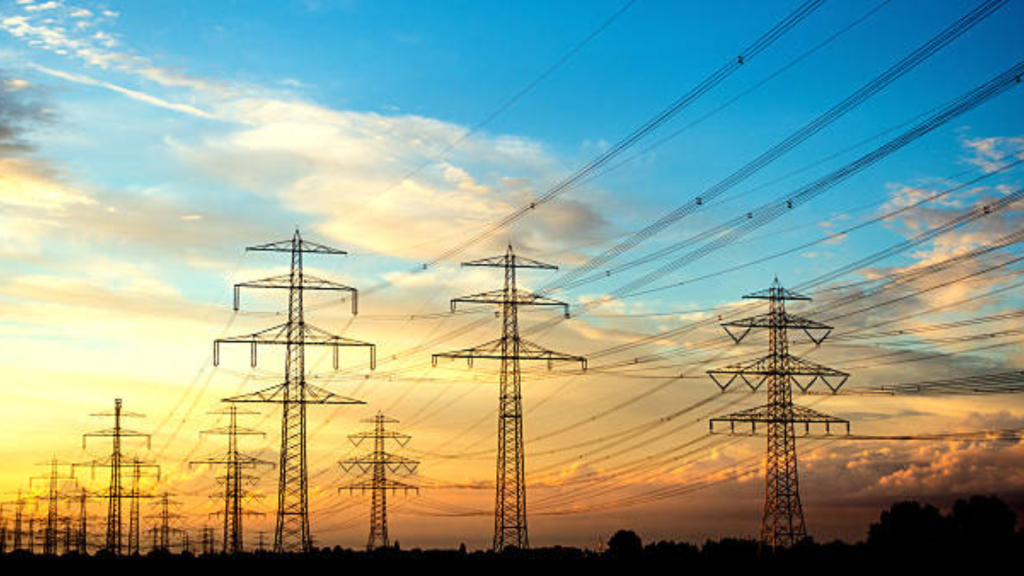
Power Transmission
Transmission refers to the high-voltage transfer of electricity from power plants to substations closer to the end-users. The primary goal is to transport electricity over long distances with minimal losses.
Key Aspects:
- Transmission Lines: These are high-voltage cables that carry electricity over long distances. They are often elevated on tall towers to minimize the risk of interference and loss.
- Voltage Levels: Electricity is transmitted at high voltages (typically 110 kV to 765 kV) to reduce the energy lost as heat due to the resistance of the wires.
- Substations: Substations are located along the transmission route to step up or step down voltage levels. The electrical energy is stepped up to a higher voltage for long-distance travel, and then stepped down before it is distributed to local areas.
